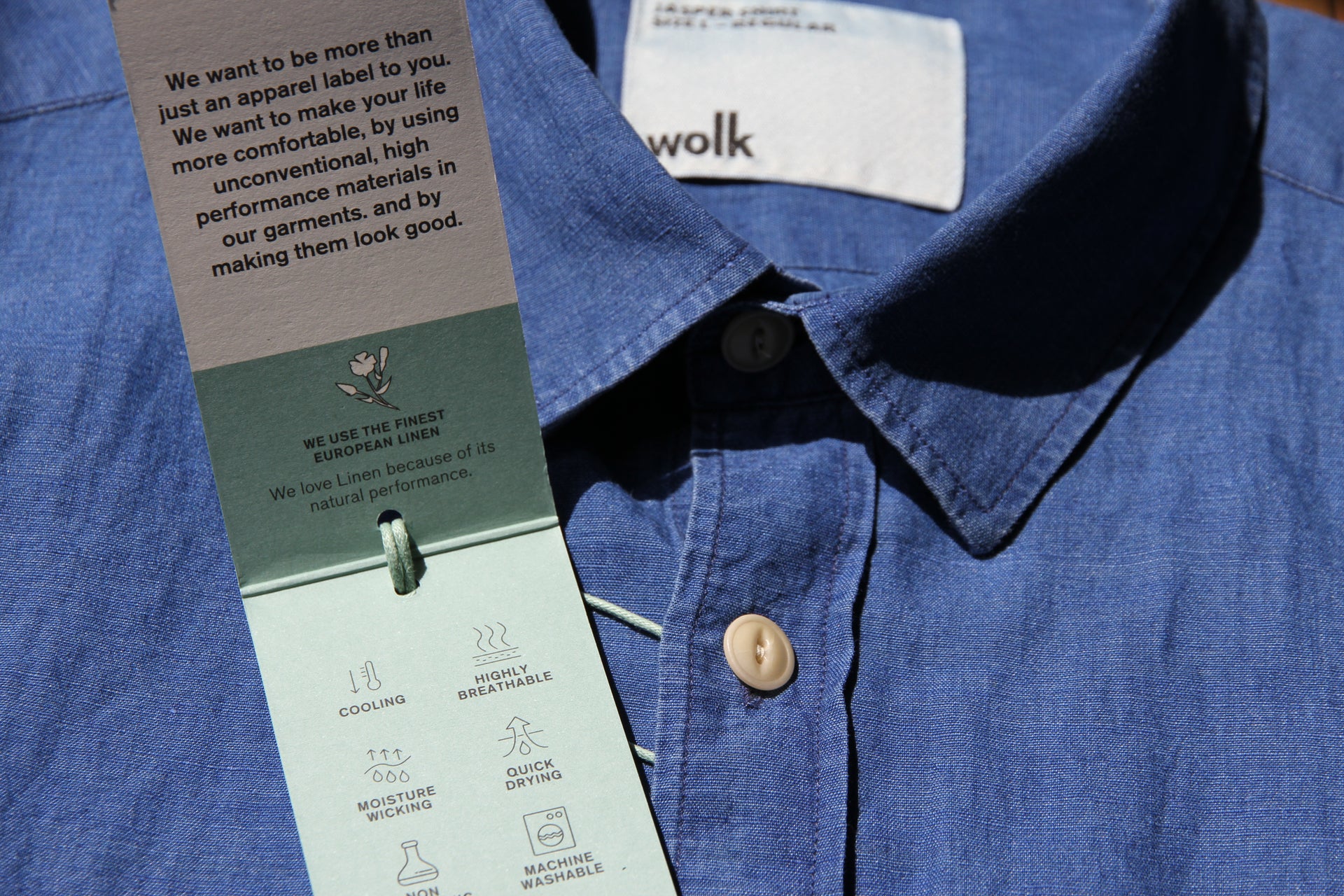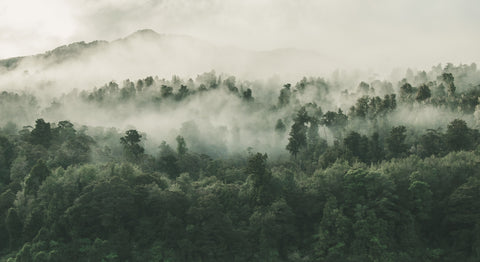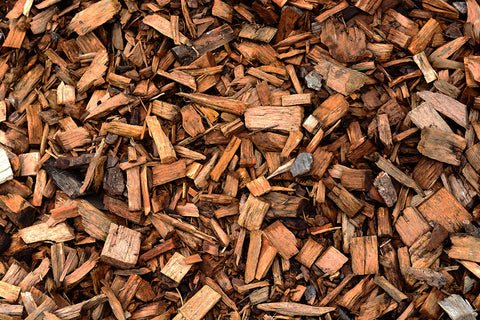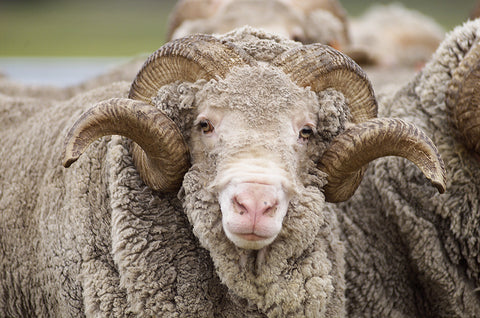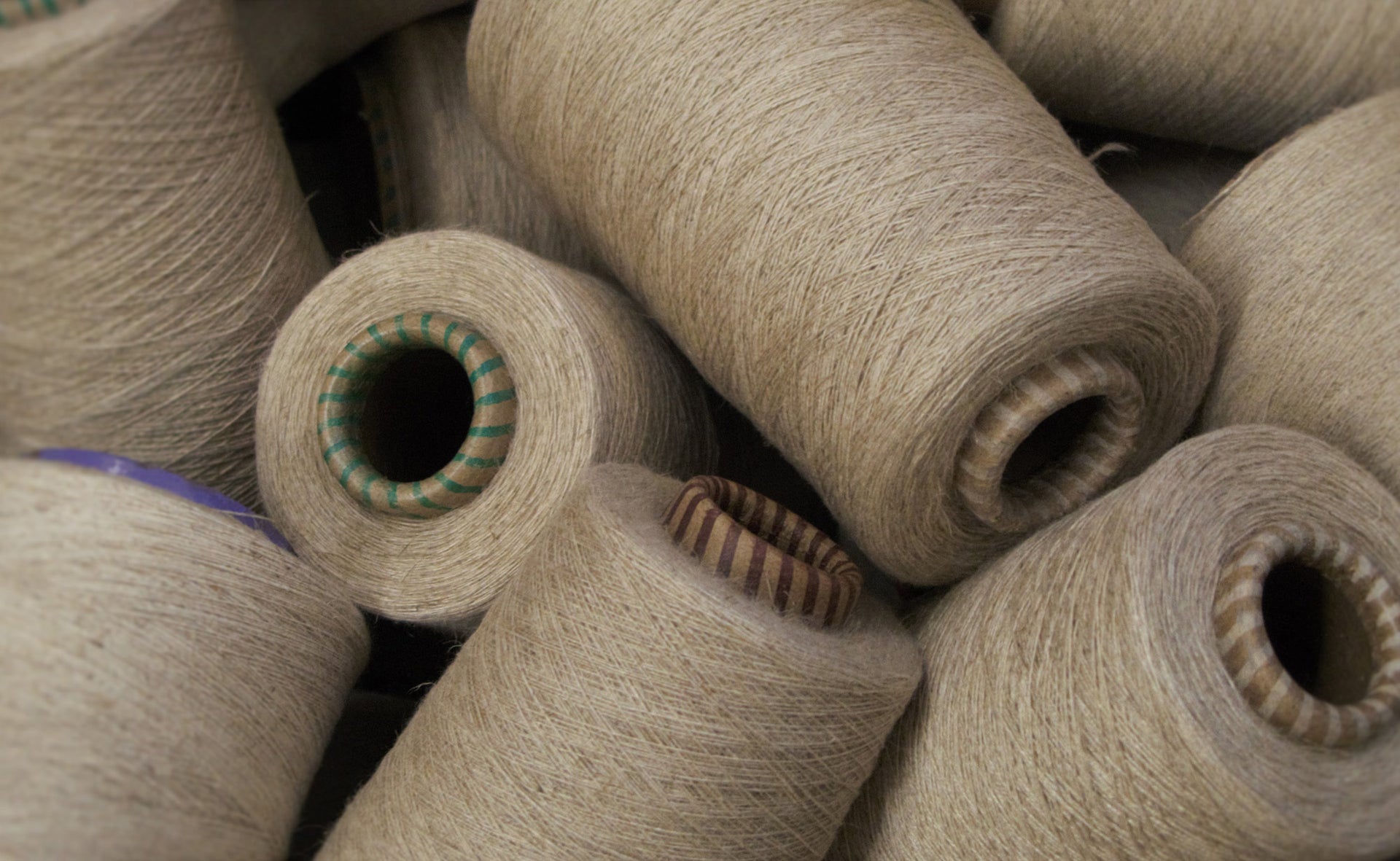
Linen
The original sustainable material
Linen is woven from the fibres of the flax plant. To grow this durable and luxurious material, you don’t need additional water other than rainwater. This is one of the reasons that makes linen one of the most sustainable materials in fashion.
read moreHow sustainable is linen?
It's durable and gets better with time.
Discover all the
benefits of linen!
